The world’s first ship model basin built in England at suggestion of William Froude in 1872 convinces shipbuilders around the world in the benefit of ship model tests.
Admiral
The Naval Technical Committee of the Naval Administration in charge of all shipbuilding matters for the first time favours the idea of establishing a ship model tank in the country as initially suggested by a great Russian scientist
The idea of setting up a model basin finds active support from the Head of the Naval Administration,
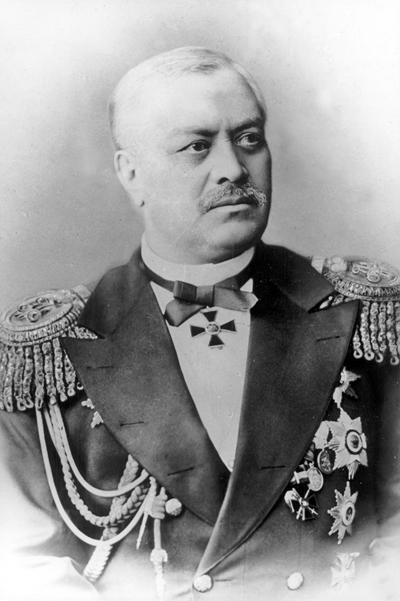 Admiral Andrey A. Popov
Admiral Andrey A. Popov
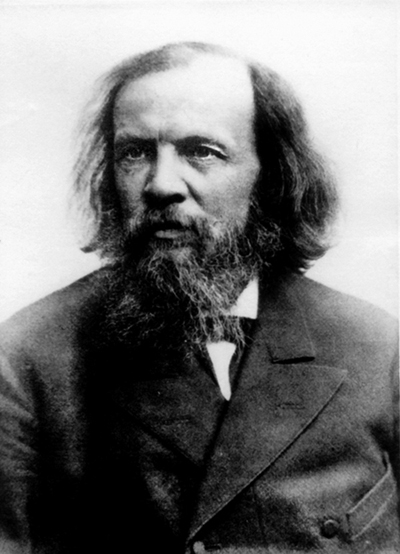 Dmitry I. Mendeleev
Dmitry I. Mendeleev
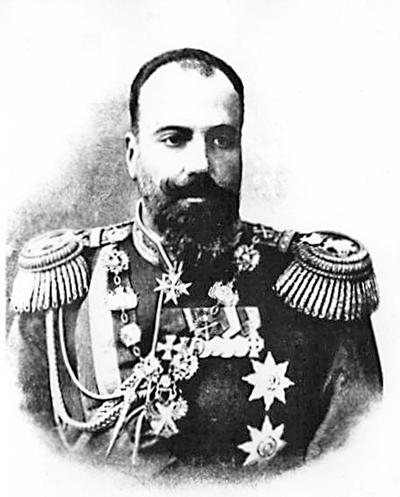 General-Admiral Great Duke Aleksey Alexandrovich
General-Admiral Great Duke Aleksey Alexandrovich
The Marine Technical Committee approved the model basin preliminary design.
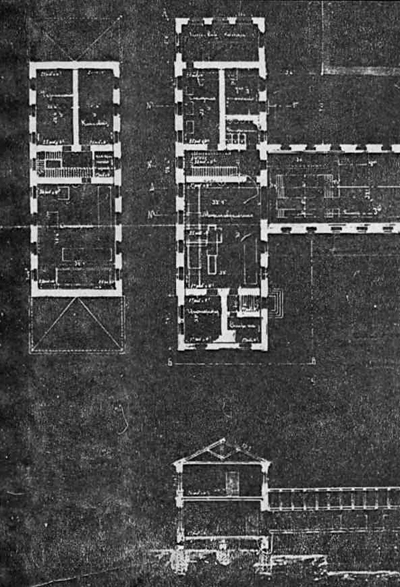 A part of the Model Basin building drawing (blueprint)
A part of the Model Basin building drawing (blueprint)
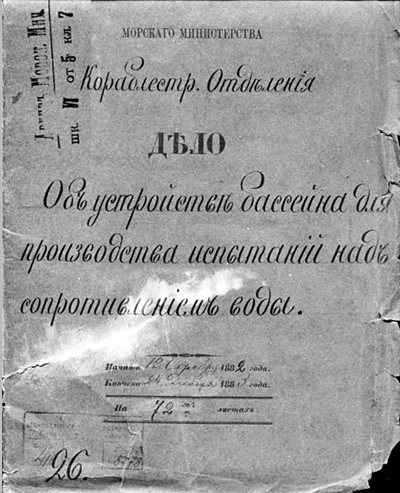 Cover page of the Naval Administration file of model basin foundation documents
Cover page of the Naval Administration file of model basin foundation documents
A channel trough encased in concrete, a building over it and a
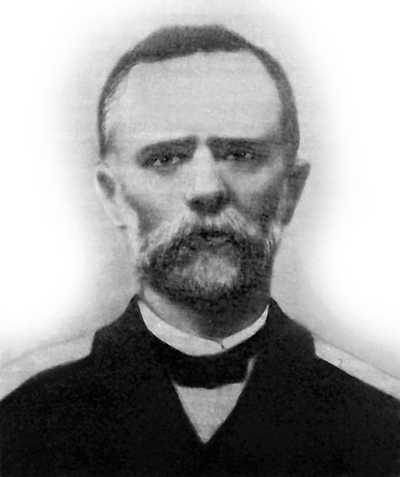 Aleksey A. Grekhnev
Aleksey A. Grekhnev
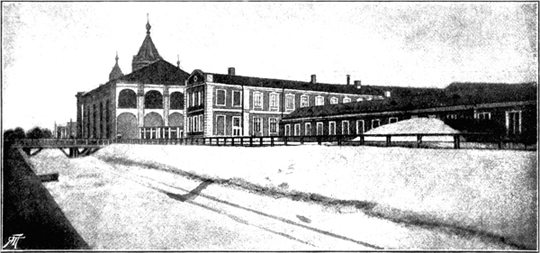 The model basin building on the New Holland Island (St. Petersburg) (right and centre)
The model basin building on the New Holland Island (St. Petersburg) (right and centre)
Completion of work associated with towing carriage and other equipment installation. In June, the Tank moulds its first wax model of the Gertsog Edinbourgskiy ('Duke of Edinburgh') armoured cruiser. Commencement of verification tests with
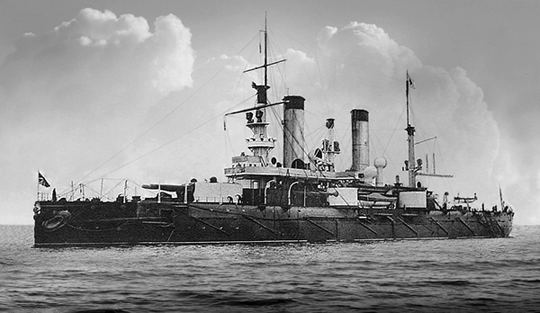 The Poltava-class fleet armoured battleship Petropavlovsk
The Poltava-class fleet armoured battleship Petropavlovsk
 The first towing carriage
The first towing carriage
 The Gertsog Edinbourgsky armoured cruiser
The Gertsog Edinbourgsky armoured cruiser
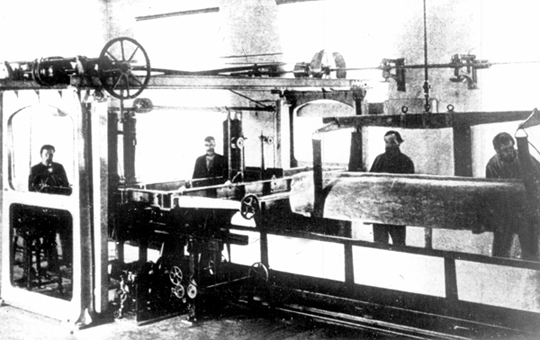 The cruiser wax model moulding (right) before planing off
The cruiser wax model moulding (right) before planing off
Official commissioning of the Naval Administration Towing Tank, the first in Russia and the sixth in the world research institution performing ship model tests to find engine power requirements for specified speeds and hull lines with the least power requirements.
On March 8, Emperor Alexander III accompanied by royal family members and
It is officially assumed to be the Krylov Centre foundation date.
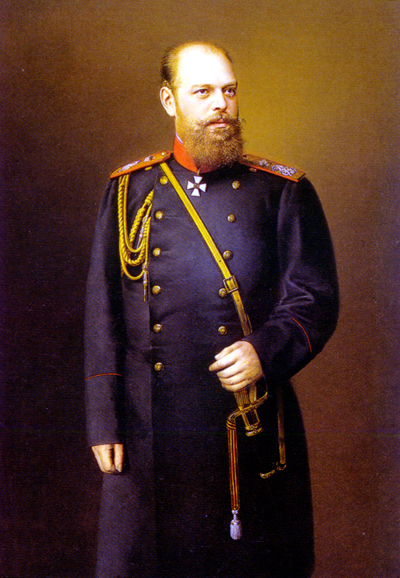 Emperor Alexander III
Emperor Alexander III
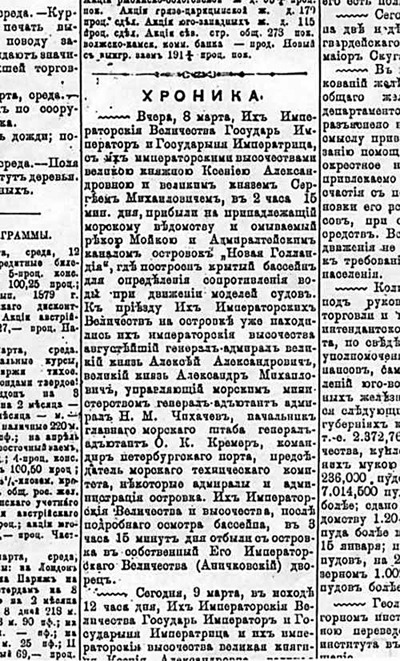 The model basin commissioning announcement in Novoye Vremia St.Petersburg newspaper
The model basin commissioning announcement in Novoye Vremia St.Petersburg newspaper
The Tank completes testing the Osliabia fleet
Osliabia (Peresvet)-class armoured battleships became known for good seakeeping and excellent propulsive performances.
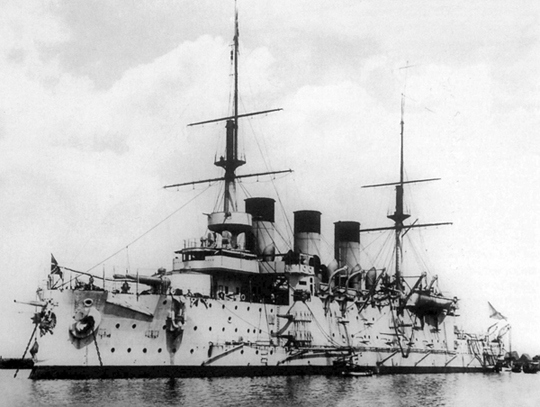 The Osliabia fleet armoured battleship
The Osliabia fleet armoured battleship
On January 3, after
The first Russian submarine Delfin ('Dolphin') design and model tests begin. The work goes on in the Towing Tank building and the project manager is
Thus, the Towing Tank becomes the birthplace of the Russian professional submarine design.
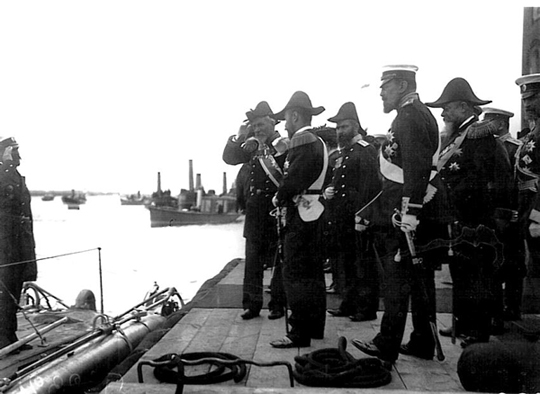 The Delfin submarine presentation for Emperor Nicolas II
The Delfin submarine presentation for Emperor Nicolas II
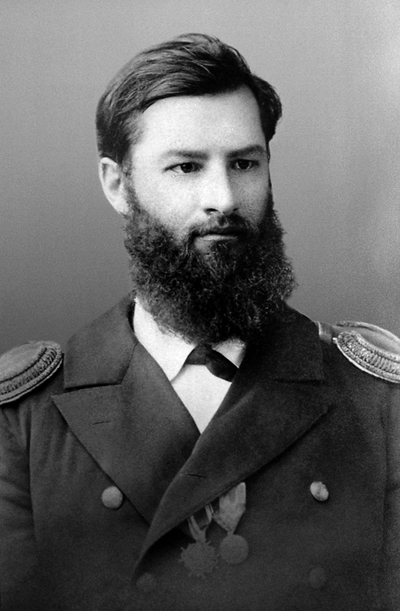 Aleksey N.Krylov (1900)
Aleksey N.Krylov (1900)
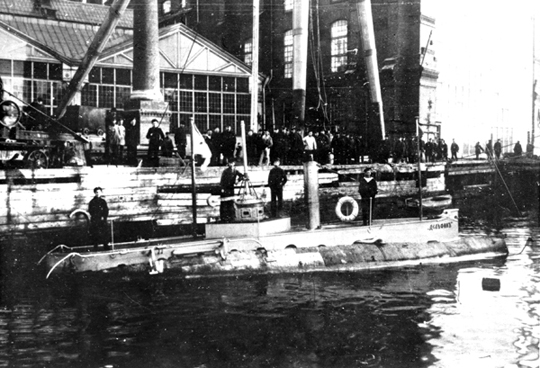 The Delfin submarine at the Baltic Shipyardquay
The Delfin submarine at the Baltic Shipyardquay
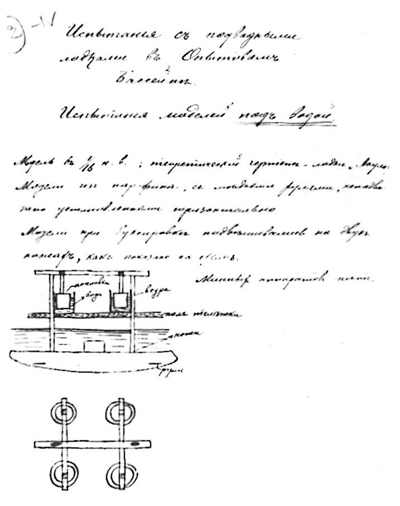 I.G. Boubnov's sketch explaining a special set-up for submarine model testing
I.G. Boubnov's sketch explaining a special set-up for submarine model testing
In the same year, Admiral
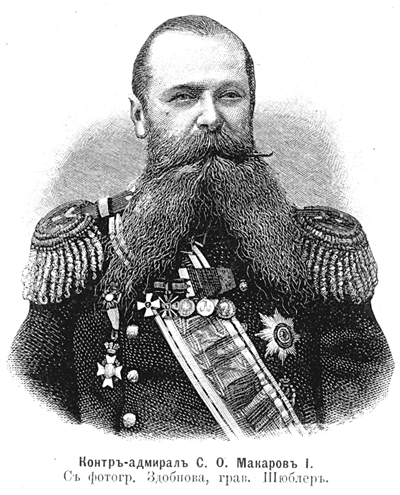 Rear-Admiral S.O. Makarov
Rear-Admiral S.O. Makarov
 The Ermak icebreaker
The Ermak icebreaker
 The General-Admiral Apraksin coastguard armoured ship
The General-Admiral Apraksin coastguard armoured ship
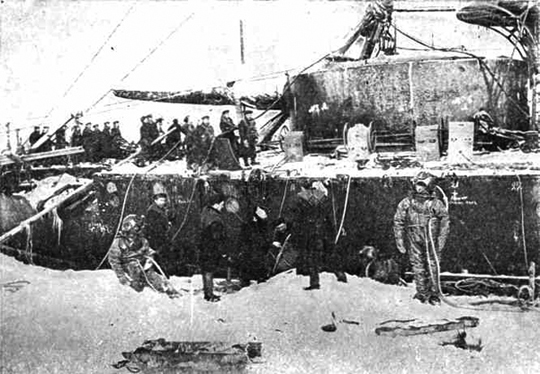 Diving survey work at the grounded armour-clad
Diving survey work at the grounded armour-clad
On April 3, Emperor Nicolas II visited the Tank and 'deigned to be entirely pleased with both the performed experiments and the observed order of things, and expressed his Imperial gratitude to the Superintendent of the Tank' (the quotation is from
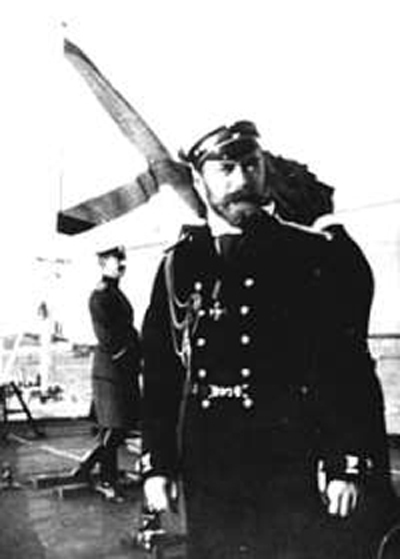 Emperor Nicolas II on board the Askold cruiser
Emperor Nicolas II on board the Askold cruiser
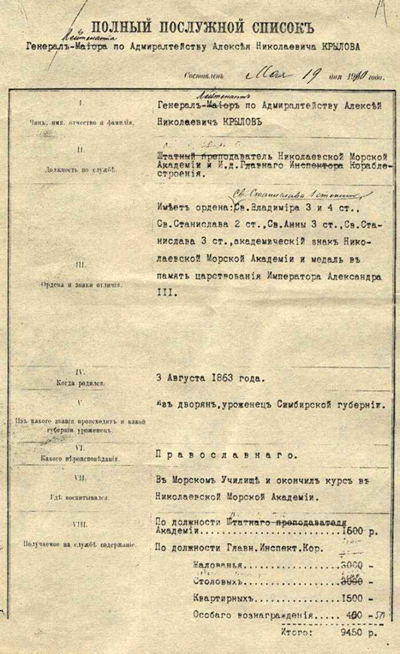 The first page of A.N.Krylov's service record file
The first page of A.N.Krylov's service record file
In the same year,
 The Askold cruiser (photo taken during WW1)
The Askold cruiser (photo taken during WW1)
 A.N.Krylov (top left) with the officers of the 1st-rank cruiser Askold
A.N.Krylov (top left) with the officers of the 1st-rank cruiser Askold